Meet Zaldy Goco, the iconic Filipino designer who turned drag dreams into high fashion
At 6 years old, Zaldy Goco had an extraordinary ability to transform his simple blanket into a cape, a tent, a fort or even a gown.
While he’s now widely recognized as Zaldy, a Filipino American fashion designer, his career as a young artist was anything but fashion design. From modeling to drag, Goco’s open-mindedness has granted him an expansive life experience that informs his fashion today—a keen eye which has always seen the potential for ordinary things, like a childhood blanket, to become something extraordinary.
“My immediate instinct even as a little tiny baby was to wrap it around my head,” said Goco, who is currently 57 years old. “I was aware of its softness, and of its satin edge.”
Having grown up in Mountain Brook, Conn., Goco was one of the only Asians at school—the others being his sisters. His best friend was the only Black person at the school, and she was adopted by white parents.
His grandmother’s months-long visits from the Philippines were influential.. In Connecticut, she stayed in Goco’s bedroom, where he would sleep on the pull-out bed. In that bedroom, his grandmother cultivated his artistry, teaching him how to draw and even make wax paintings out of melted crayons. Yet, it wasn’t until later that he discovered his grandmother had attended fashion school too.
“I just always like, saw her long hair and just thought my hair should be long, too,” he said, twirling his infamously jet-black, middle-part long hair to the side.
But some traditions he was hesitant to adopt, like the rich karaoke culture amongst Filipino communities. “I hated it, because it was just too much for me—I needed to get out the house,” he said, eventually having a change of heart. “It wasn’t until way later in my life that I discovered the joys of karaoke.”
Karaoke aside, he hated nothing more than the family pressure of needing to go to medical school.
Baby Z. Photo courtesy of Zaldy
A sewing machine sat in the back of a closet in Connecticut, and despite the insistence of Goco going to medical school, he dug out the long-forgotten machine, driven to pursue what was really calling him.
Goco’s first creations were born within the family, as he meticulously deconstructing his mom’s gowns for their fabric and crafting dresses for his younger sister and clubwear to go with her thigh high patent leather dominatrix boots.
As the family had moved to San Francisco for warmer weather, he became the family’s go-to fashion advisor, eventually convincing his family to allow him go attend Parsons School of Design in Los Angeles for fashion design, only a 6-hour drive away.
“It was an amazing time to be out in the club; you can wear almost anything in an artful way,” Goco said. “That was a great education, too, outside of being in school.”
At Parson’s, Goco boldly embraced a style he describes as “pod-mod English punk,” donning white face paint and heavy eyeliner as an expression of self. While he excelled in design courses, his disinterest in non-fashion subjects like English and Biology prompted the Art Department director to sit him down at the end of his freshman year and say, “You really need to be in front of a camera, not behind it. That’s why I’m asking you to leave school.”
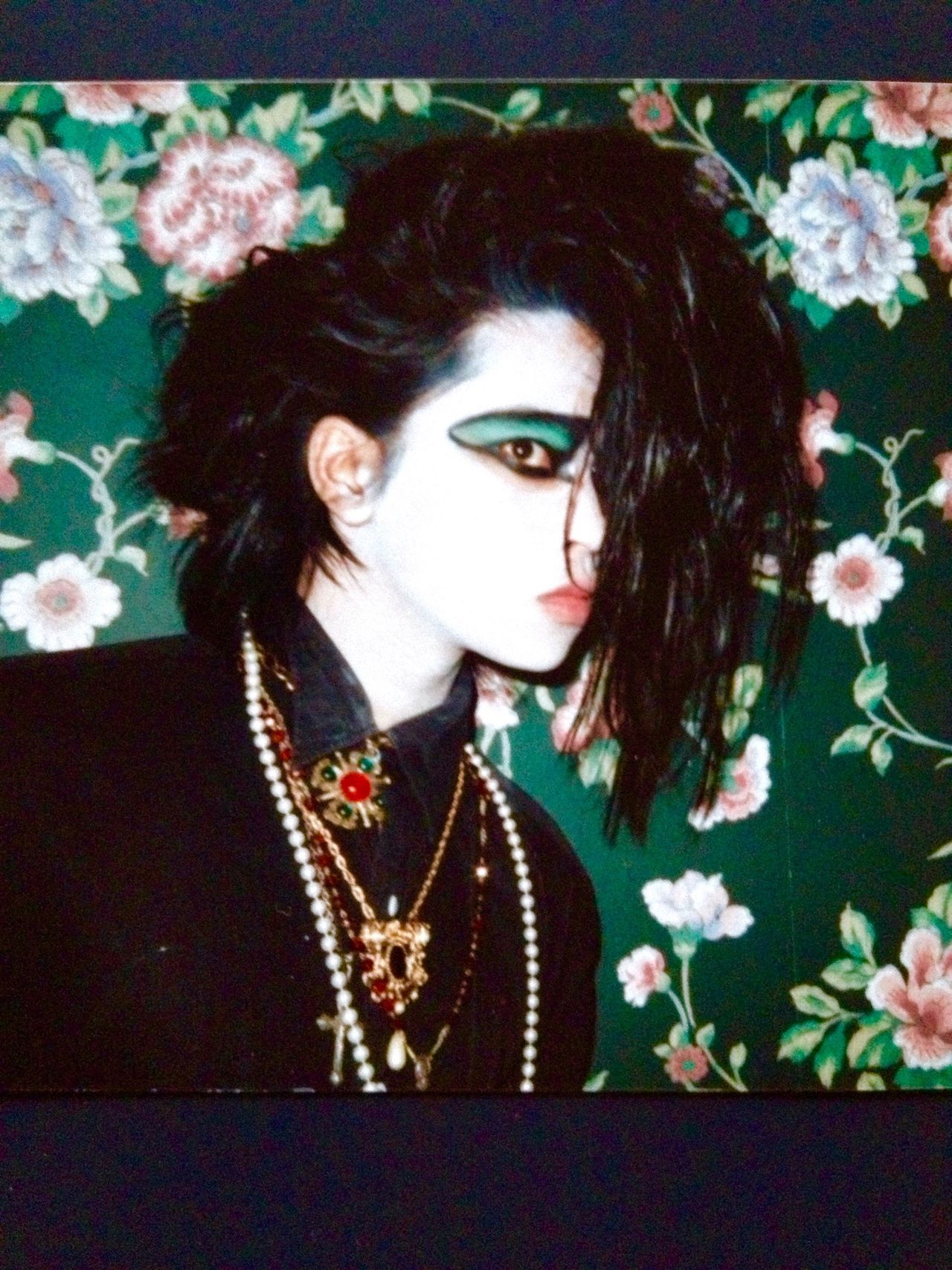
Photo courtesy of Zaldy
After taking a year off, Goco headed to FIT in New York City to continue fashion school. Or so he thought. Little did he know that this move would set the stage for a career marked by unpredictable leaps in different directions—taking him on an extraordinary journey in the world of fashion.
In New York, Goco continued to rock his club kid fashion and was adamant that he was not a drag queen as he cascaded through nightlife.
“You have to enter Miss Boy Bar,” said Perfidia, a legendary drag queen who was considered a mother at Boy Bar, an iconic queer bar on 8th street in New York City. Perfidia would expense all the drag for Goco, who was neither hesitant nor enthusiastic—just open to life. Goco, in a big hairdo, gold pumps, and white and gold metallic cheongsam lip synched to a Miss Teal Joy song and won Miss Boy Bar.
To the point of the Art Department director at Parsons, Goco was not in front of the camera, but consistently and undeniably seen.
“I was always put into these extrovert visions of who I was, even though I really like to see myself as more behind the scenes and not in front of the camera,” he said.
Susanne Bartsch is a producer and a nightlife icon in New York City. When she spotted Goco, she befriended him and invited him out, eventually asking him to make clothes for her. When Goco started dating makeup and drag mogul Mathu Andersen, she convinced the two to become a public nightlife drag duo. Goco dabbled in drag again alongside Andersen, 5 years after her Miss Boy Bar victory. Their costumes were extravagant, loud, and cohesive despite Anderson’s six-inch height advantage and pale skin.
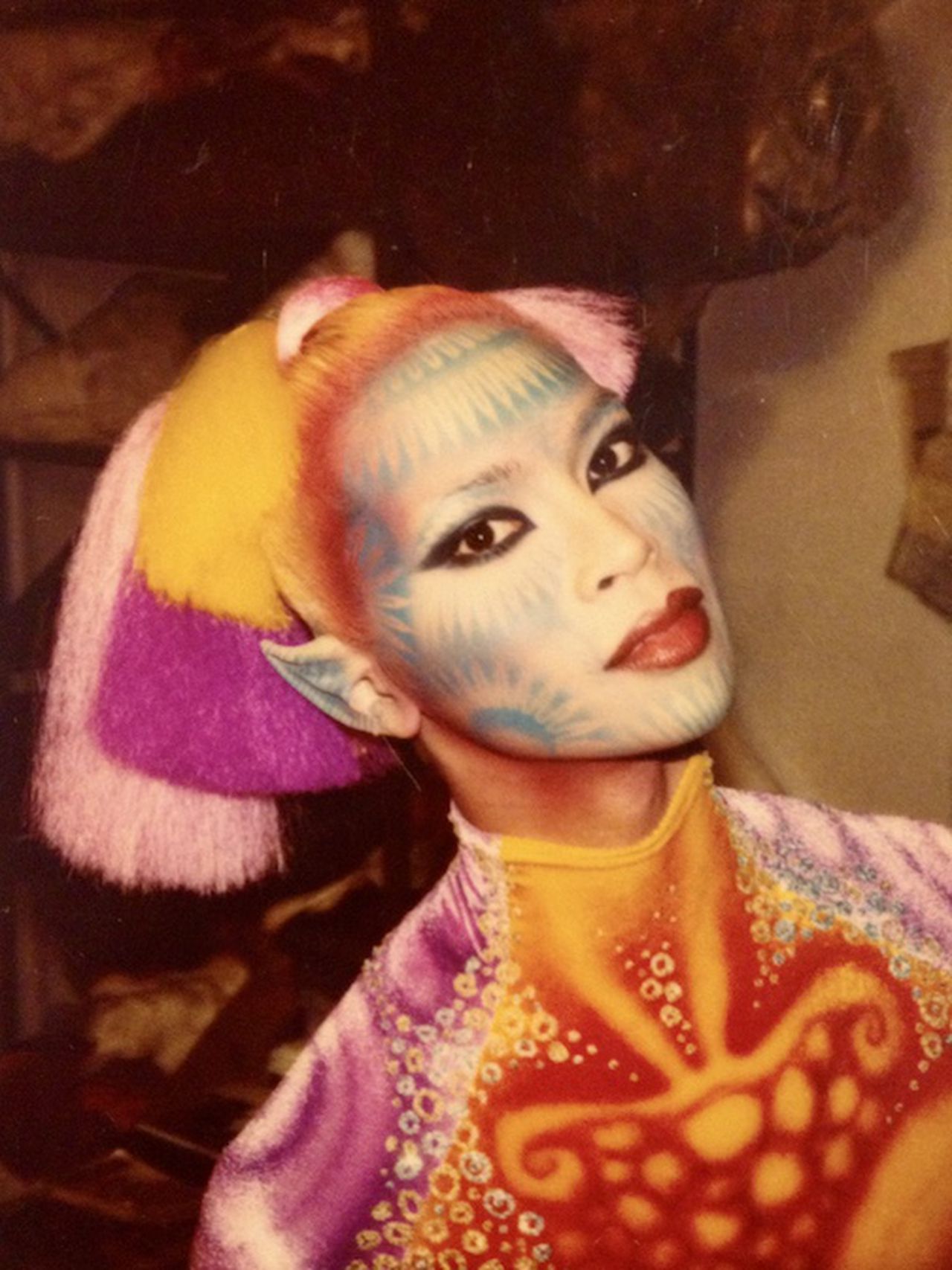
NY Club Look for Bartsch Party .Photo courtesy of Zaldy
Goco’s beauty propelled him into modeling for high-fashion brands and was alongside major mainstream supermodels like Christy Turlington, Linda Evangelista, Naomi Campbell, and Cindy Crawford, modeling for Thierry Mugler, Jean-Paul Gaultier, and Vivienne Westwood in his androgynous drag.
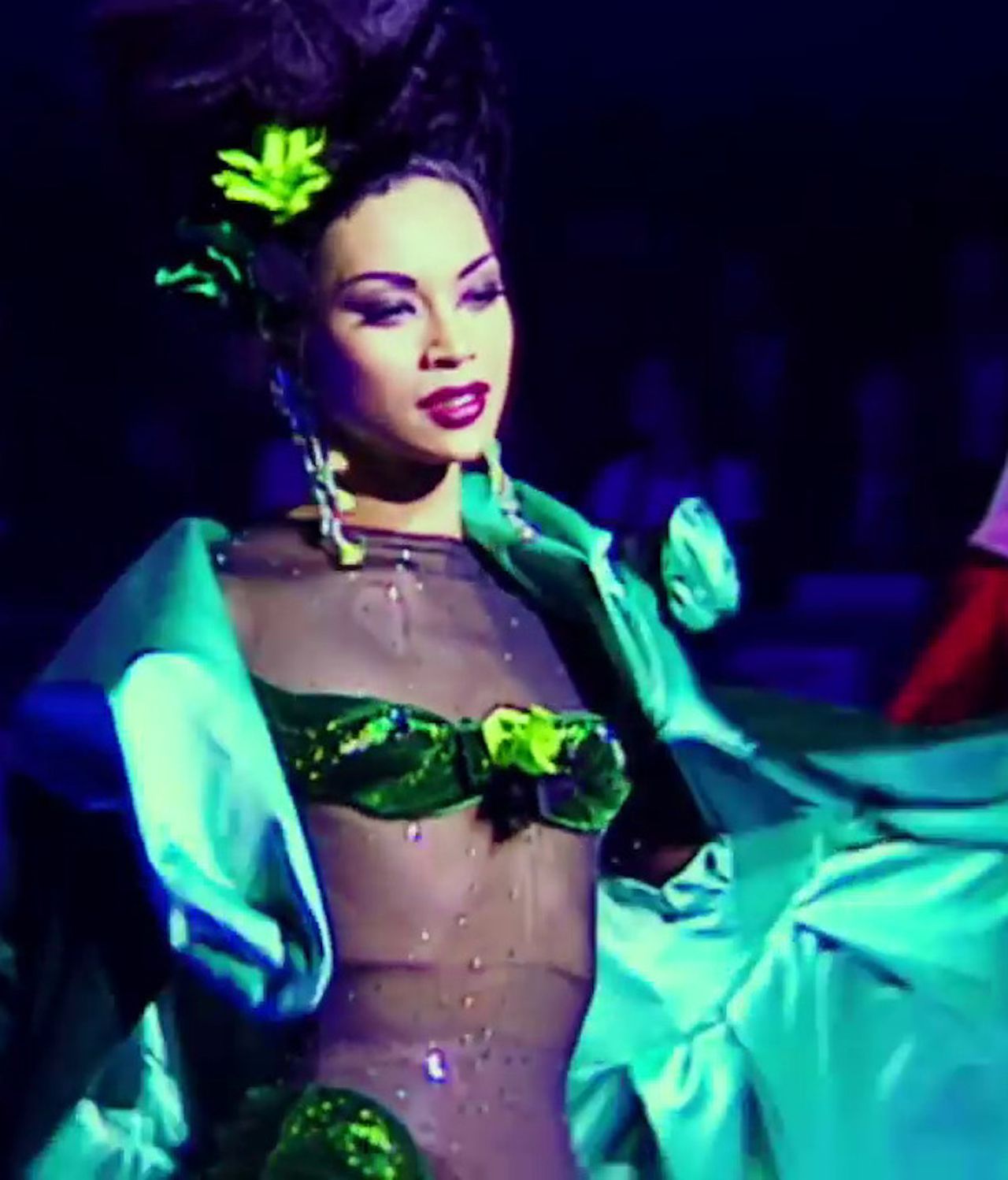
Modeling for Thierry Mugler/Paris. Photo courtesy of Zaldy
“They really transformed the modeling industry, and I was also right there with them doing it,” he said.
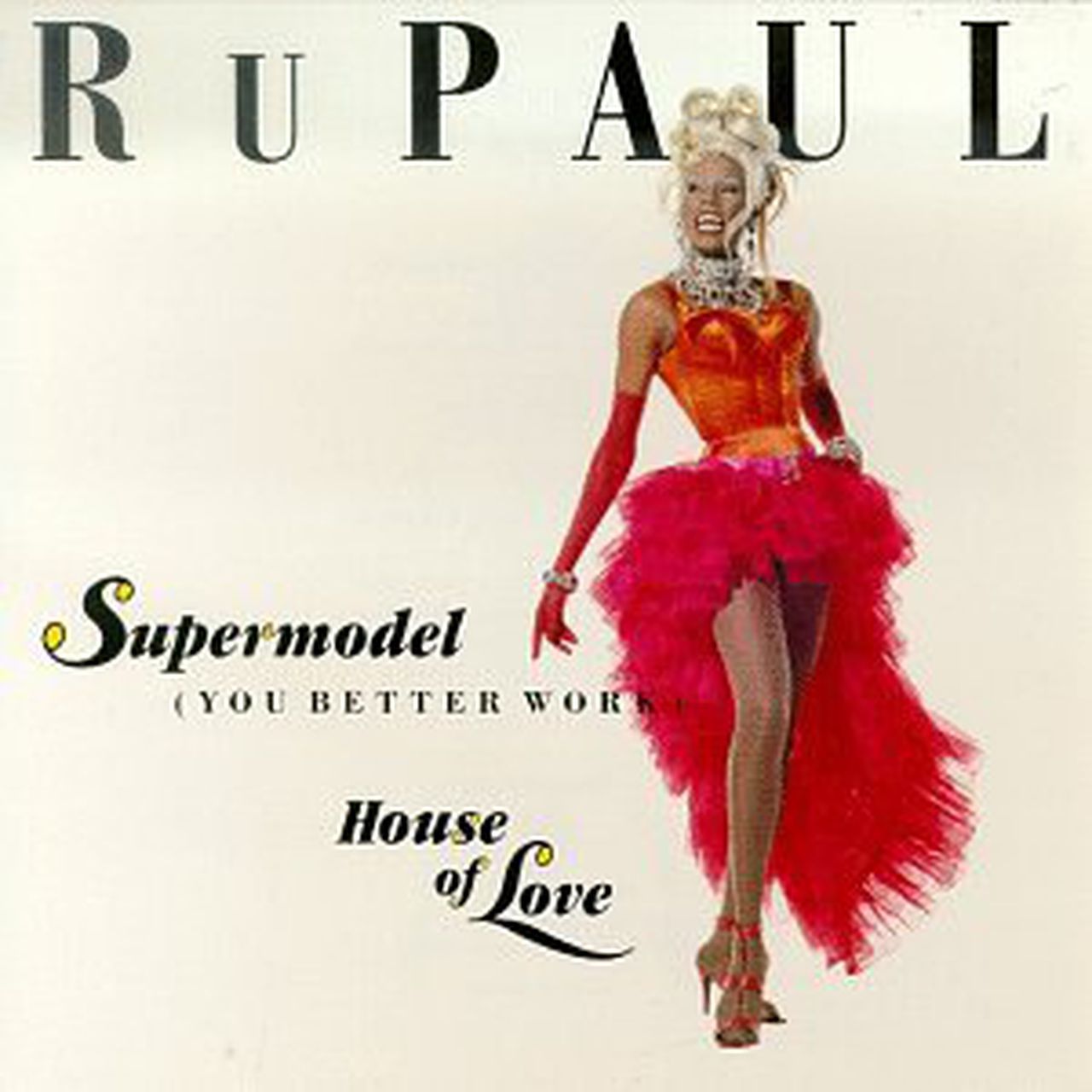
RuPaul Supermodel 1993. Photo courtesy of Zaldy Goco
Around this time, Goco also worked with Andersen as the glam team behind RuPaul’s rise to stardom in 1993, having designed the look for the “Supermodel” record. He even starred in a Levi’s campaign in 1995 in feminine drag. The commercial would be banned, internationally as well; in the UK, it was banned until 10 PM, and in France was only allowed in movie theaters in Paris—though they had strict parameters for even that.
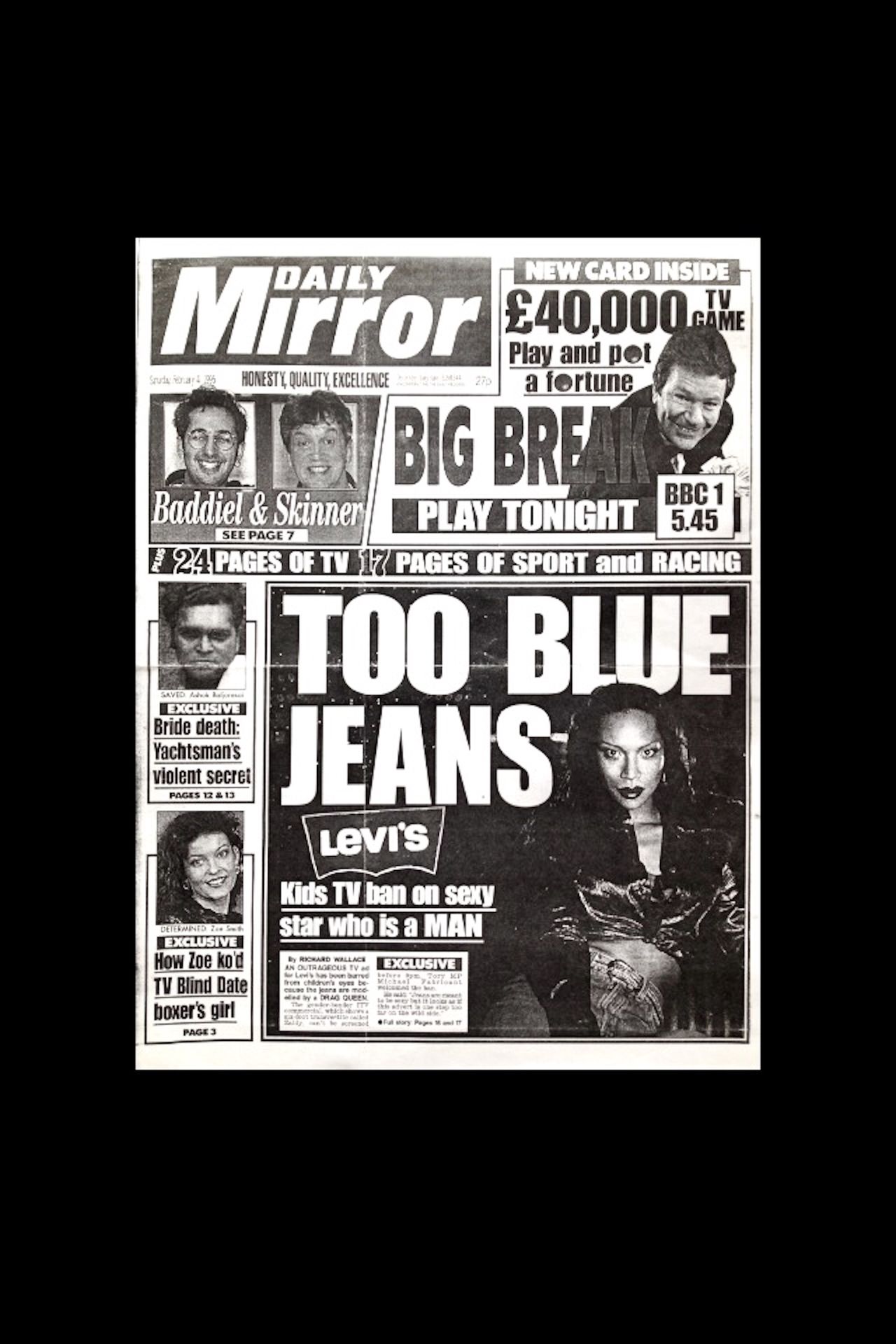
Levi’s Scandal. Photo courtesy of Zaldy
Seeing where drag censorship is now, Zaldy feels saddened by the surge of anti-LGBTQ rhetoric recently.
“It’s hard to watch when you have been a part of the growth, and then to see people want to take it away again,” he said, recounting being on the inside of multiple movements, like Silence=Death, the AIDS activism and even when gay and trans bars were segregated within the LGBTQ community.
RuPaul hit the mainstream stage running and took Goco’s fashion prowess with him. It also didn’t hurt that Andersen’s makeup career had taken him as far as working with Gwen Stefani, who would invite Goco to her house personally asking him to make a collection with her.

LAMB Fashion show. Mom and Gwen both wearing LAMB. Photo courtesy of Zaldy
The doors started to open more and more, and the phone increasingly rang frequently—from Cirque du Soleil’s show Volta, several Michael Jackson tours, Britney Spears and Lady Gaga. Today, he has designed every piece of runway that RuPaul wears for her show RuPaul’s Drag Race, winning several Emmy awards for them.
Still, no proximity to celebrity and accolades will mean as much to him than his mother’s approval, who Goco says is the person who is most excited by him being in a magazine or a newspaper. He even found a scrapbook that his mother had of clippings and all these things that Goco had done or been in. He says that his mother is proud of her, expressing relief for always listening to his gut—even when it led him to many other forms of art other than fashion design.
Today, he sees this trajectory as just the beginning of his career. He’s interested in working on science-fiction films like Dune or Blade Runner. Regardless, wherever he ends up, one thing will always remain true for Goco.
“I did it my way.”